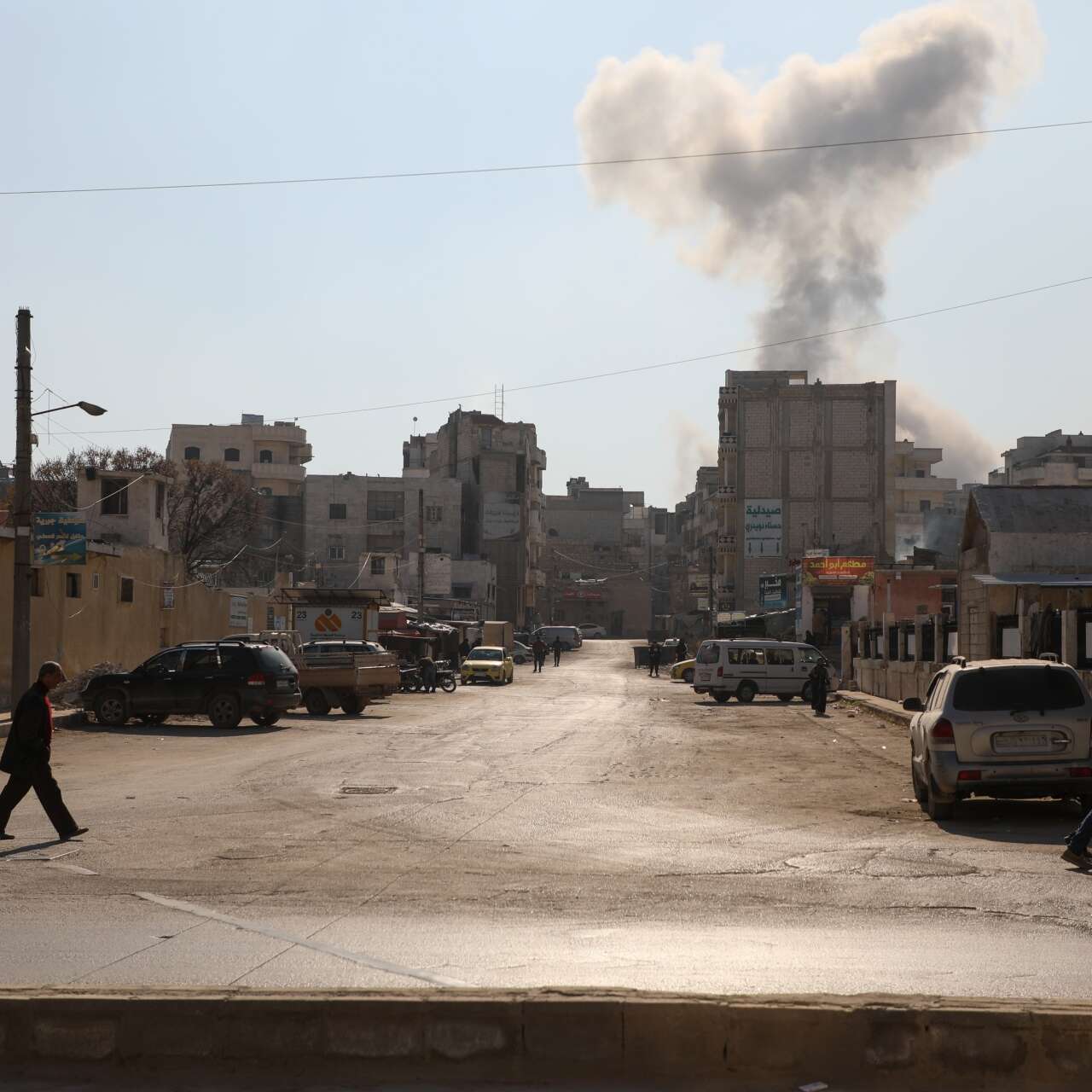
Crisis in Syria: What to know and how to help
Syria ranks fourth on the IRC’s 2025 Emergency Watchlist, a list of countries most likely to experience a deteriorating humanitarian crisis.

Syria ranks fourth on the IRC’s 2025 Emergency Watchlist, a list of countries most likely to experience a deteriorating humanitarian crisis.
For the first time since 2021, Syria has re-entered the top five of the International Rescue Committee’s (IRC) Emergency Watchlist, highlighting the country’s ongoing extreme uncertainty after years of war.
Today, 90% of Syrians live in poverty, and humanitarian needs are at an all-time high.
In late 2024, organized armed groups (OAG) launched a surprise offensive that caused the rapid collapse of the Government of Syria forces. By December 8, the groups had consolidated control over almost all areas formally controlled by the Assad-led Government of Syria. The events mark a watershed moment for Syria, which has endured more than 13 years of perpetual conflict.
Before this recent escalation, Syria already had the world’s second largest displacement crisis, with more than 14 million people forced from their homes. More than 7 million Syrians remain internally displaced—one third of the overall population.
Read on to learn more about the crisis in Syria and why the country ranks fourth on the IRC’s 2025 Emergency Watchlist.
The end of the Assad-led Government is a pivotal moment for Syria, potentially offering a new and more hopeful chapter for more than 16 million people in need of humanitarian assistance inside the country. However, with the future remaining highly uncertain, it remains to be seen whether this new reality will allow Syrians to finally start rebuilding their lives.
The IRC’s Emergency Watchlist warns that conflict between non-state groups could reignite, and external actors may intensify their involvement, further complicating the situation. While recent fighting in the northwest appears to have largely subsided, hostilities and insecurity continue in the northeast of Syria.
The IRC calls on all parties to commit to a sustained and lasting peace in Syria, so that after 13 years of protracted crisis Syrians can survive, recover and finally gain control over their futures. We urge parties to conflict to ensure the protection of civilians and critical infrastructure, ensure the safety of humanitarian workers, and guarantee unimpeded access to life-saving assistance.

Years of protracted conflict have devastated Syria’s economy, leaving the population increasingly vulnerable. Between 2010 and 2020, the country’s GDP shrank by more than half. Poverty is now nearly universal, affecting 90% of the population. The ongoing devaluation of the Syrian pound has triggered hyperinflation, pushing basic goods out of reach for many families.
The humanitarian toll is staggering. Families are increasingly dependent on aid, with malnutrition among children under five—virtually nonexistent before the conflict—hitting alarming levels. Over 100,000 children under five suffer from severe wasting and are at risk of death.
Families are suspended between surviving daily challenges and the inability to recover and rebuild, stripping away their basic dignity and ability to make positive choices about their lives and futures.

The combined effects of conflict and climate events are driving food insecurity across Syria. Projections for early 2025 indicate below-average rainfall and above-average temperatures, which will disrupt food production and further limit access to clean water. Agriculture, once a cornerstone of Syria’s economy, has been decimated by years of war, and drought conditions are compounding this decline. As crops fail and food prices rise, more Syrians face the prospect of hunger and starvation.
Nearly half of Syria’s primary health care facilities are either partially or fully non-functional, and many hospitals are struggling to operate. Cholera, which is both preventable and treatable, has spread due to reliance on unsafe water sources in overcrowded displacement camps. For malnourished children, whose immune systems are already weakened, such diseases can quickly become fatal.

The IRC has been working in Syria since 2012, providing lifesaving support in northern Syria through direct action and partnerships with local organizations. Key services include:
Donate now to support the IRC's life-changing work in Syria and worldwide. We are on the front lines, providing critical aid to crisis-affected people in more than 40 countries, including places on the 2025 Emergency Watchlist.
Read more about the top 10 crises the world can’t ignore in 2025 and download the full 2025 Emergency Watchlist report for profiles of all 20 crisis countries on the IRC's list.